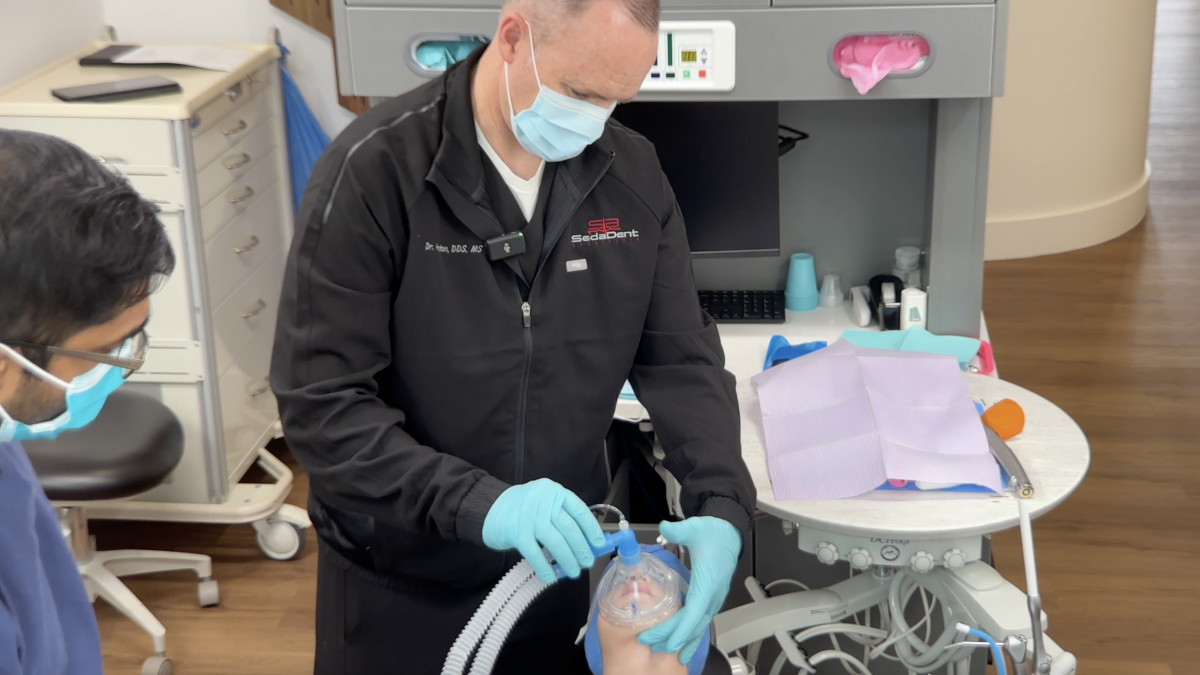Ensuring Safe Dental Sedation: Key Strategies for Practitioners

Ensuring patient safety during dental sedation procedures is a top priority for dental professionals. This blog aims to provide dental practitioners with essential strategies and safety measures to implement during sedation procedures. By adhering to proper training and monitoring techniques, practitioners can enhance patient safety and deliver sedation in a safe and effective manner.
Safety is paramount in dental sedation procedures, and dental practitioners must prioritize patient well-being throughout the sedation process. This blog will outline key strategies and safety measures that practitioners can implement to ensure safe dental sedation practices.
Proper Training and Certification
Dental practitioners must undergo comprehensive training and obtain proper certification in sedation techniques before administering sedation to patients. This includes completing continuing education courses and obtaining relevant permits or licenses as required by state regulations. Proper training ensures that practitioners have the necessary knowledge and skills to deliver sedation safely and effectively.
Continuous Monitoring Techniques
Continuous monitoring of patient vital signs and sedation levels is essential during dental sedation procedures. Practitioners should use appropriate monitoring equipment, such as pulse oximeters and capnographs, to assess patient respiratory and cardiovascular function continuously. This allows practitioners to detect any signs of sedation-related complications promptly and take appropriate action to mitigate risks.
Recognition of Signs of Deep Sedation
Practitioners must be vigilant in recognizing signs of deep sedation, where patients may be at risk of respiratory depression or airway compromise. Signs of deep sedation include decreased responsiveness to verbal commands, slowed respiratory rate, and airway obstruction. By promptly recognizing these signs, practitioners can intervene early and prevent adverse events from occurring.
Pre-calculated Reversal Agent Dosages
Pre-calculating reversal agent dosages is a proactive measure that practitioners can take to address sedation complications effectively. Having pre-calculated dosages readily available ensures that practitioners can administer reversal agents promptly if needed, without the need for manual calculations during high-stress situations. This helps to mitigate the risk of overdosing or underdosing patients and ensures timely reversal of sedation effects.
Communication with Patients
Effective communication with patients is essential in ensuring their safety and comfort during dental sedation procedures. Practitioners should explain the sedation process thoroughly to patients, including potential risks and side effects, and address any questions or concerns they may have. Maintaining open communication with patients throughout the sedation process helps to alleviate anxiety and build trust, ultimately enhancing patient safety and satisfaction.
Ensuring safe dental sedation practices requires dental practitioners to adhere to proper training, continuous monitoring techniques, and proactive safety measures. By implementing these key strategies, practitioners can enhance patient safety, mitigate risks associated with sedation procedures, and deliver sedation in a safe and effective manner. Prioritizing patient safety throughout the sedation process is essential for achieving successful outcomes and promoting overall patient well-being in the dental office.
Embark on a journey to master sedation dentistry and open new doors for your patients and practice. Discover more and enroll in our leading-edge programs here.
Categories: : Patient Safety
 Sedation and Anesthesia Education
Sedation and Anesthesia Education 